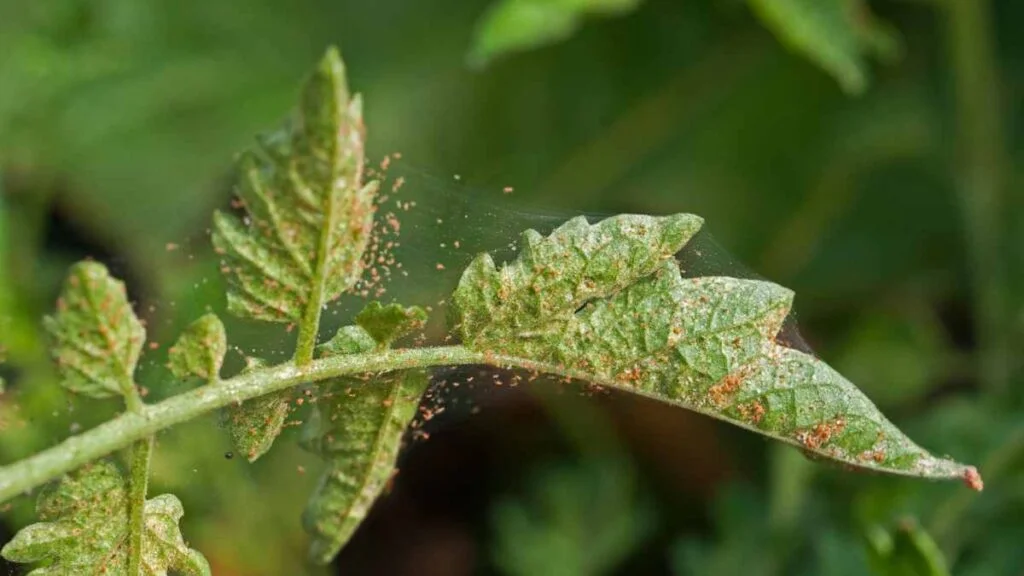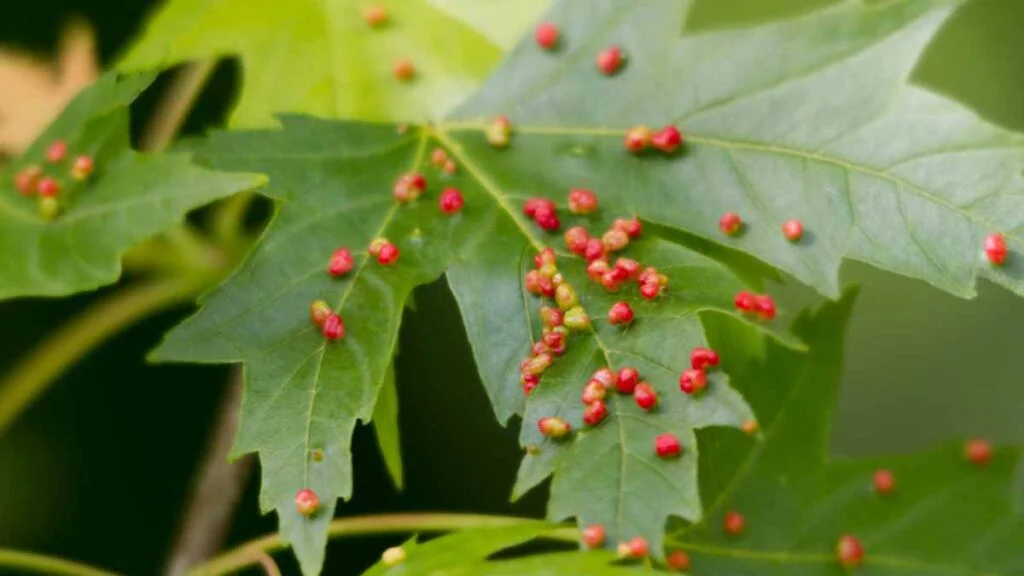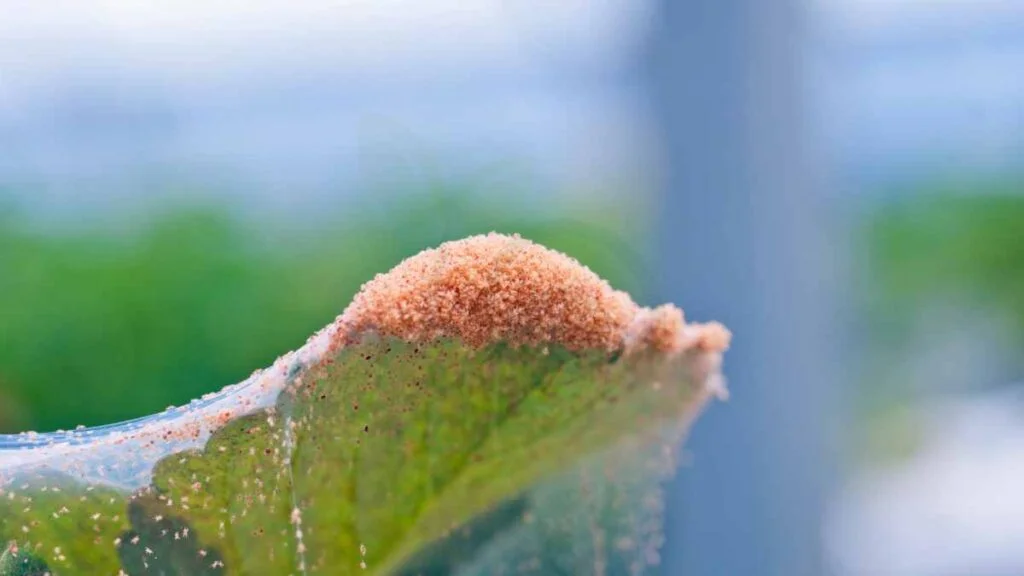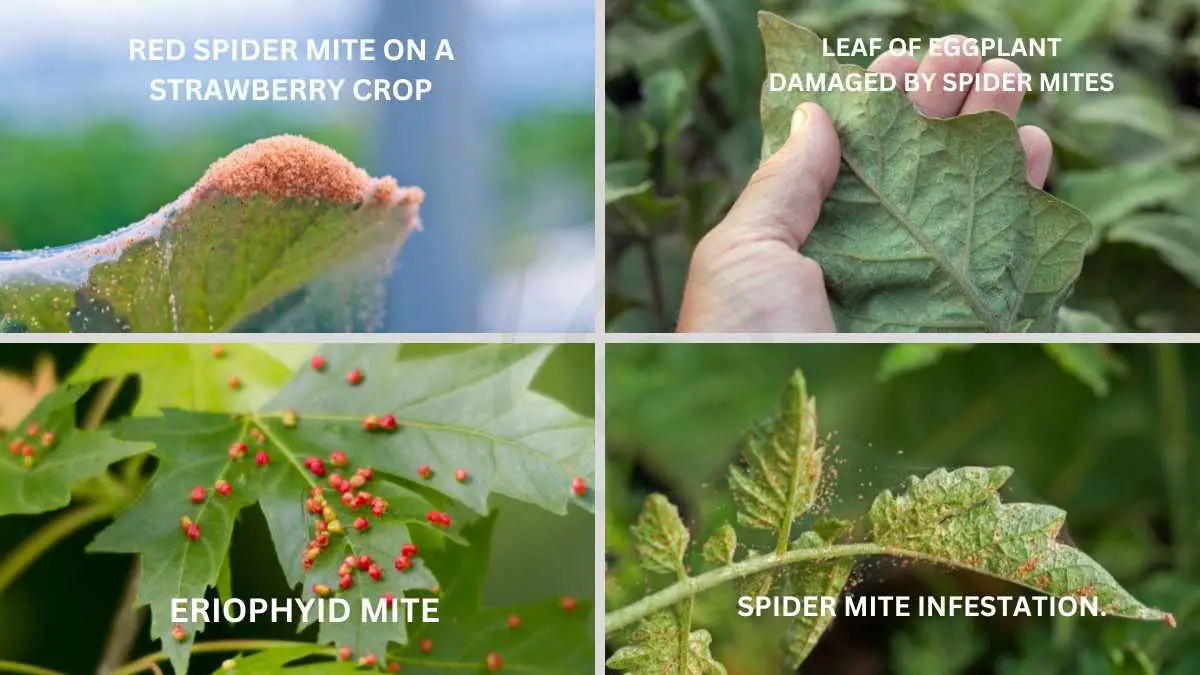Ever wondered where plant mites come from? These tiny pests can wreak havoc on your beloved plants, but understanding their origins is key to preventing infestations. By delving into the origins of plant mites, aphids, and natural predators, you can equip yourself with the knowledge needed to protect your green companions. In this post, we will explore the mysterious world of plant mites, aphids, and uncover the secrets behind their appearance in your garden, indoor space, houseplants, or soil. Stay tuned to unravel the enigma of these troublesome critters and learn how to keep them at bay effectively.
Understanding Plant Mites
Origin and Habitat
Plant mites, including adult mites like spider mites, primarily lay eggs on host plants. These tiny pests can infiltrate environments through infested plant materials, houseplants, or carried by the wind. Interestingly, the growth of spider mites tends to slow down in cooler and wetter weather conditions.
Life Cycle
Eggs laid by plant mites undergo a transformation process where they hatch into larvae, then progress to nymphs before finally reaching adulthood as adult mites. The rapid development of spider mites is noteworthy; they can mature from eggs to adults within just one week. During winter, spider mites are often found in the form of eggs or as dormant adults, awaiting warmer seasons to resume their activities.
Types and Varieties
The realm of plant mites encompasses a diverse array of species, each with unique characteristics and behaviors. With different species come variations in life cycle durations; some may progress through their life stages at slightly different rates than others. Moreover, specific plant hosts may attract certain species more than others due to varying preferences among the diverse types of plant mites.
Behavior and Infestation

How They Infest Plants
Spider mites, with their sucking mouthparts, infest plants by feeding on the sap of leaves. They weaken plants by extracting nutrients through their actions. These tiny pests can also hitch a ride into your garden through infested plant material.
Look for signs of spider mite presence by checking for webbing on the plants. This webbing is a telltale sign of infestation and indicates the need for immediate action. Watch out for leaves that appear yellow or stippled, as these are common indicators of spider mite activity.
Signs of Presence
One clear sign of spider mites is the presence of tiny moving dots on the leaves. These dots are actually the mites themselves, actively feeding on the plant. Keep an eye out for any unusual movement on the foliage to catch an infestation early.
Spider mites cause damage to plants by using their specialized mouthparts to suck sap from the leaves, leading to weakened foliage. The feeding action of these pests results in discolored and stippled leaves, affecting the overall health of the plant.
Plant Damage
As spider mite populations grow, so does the extent of damage to your plants. Severe infestations can cause leaf drop due to the extensive damage caused by these pests. In extreme cases, unchecked infestations may even lead to plant death, highlighting the importance of early detection and intervention.
Environmental Conditions
Favorable Conditions
Spider mites, tiny arachnids, thrive in hot and dry environments. These pests prefer temperatures above 80°F. Drought conditions create an ideal habitat for spider mites to reproduce rapidly. The lack of moisture increases their population. Plants that are underwatered face a higher risk of spider mite infestations. Low humidity levels contribute to the spread.
Plant Health Impact
Spider mites damage plants by sucking sap, causing yellow speckling on leaves. This weakens the plant over time. Weakened plants become more vulnerable to other pests and diseases, leading to further damage. Severe spider mite infestations can stunt plant growth and diminish crop yields significantly.
Controlling Plant Mites

Physical Methods
Pruning affected plant parts is a practical way to control spider mites. By removing infested areas, you can limit the spread of these pests. Pruning promotes plant health and growth.
Washing plants with a strong stream of water is an effective method to dislodge mites from leaves. This simple technique can help reduce spider mite populations without the need for chemicals. Regularly rinsing plants can prevent mite infestations.
Using sticky traps is a non-toxic approach to monitor and reduce spider mite populations. These traps capture adult mites, preventing them from laying eggs and reproducing. Placing sticky traps strategically around plants can help in early detection and control.
Biological Solutions
Introducing predatory mites into your garden is a natural way to control spider mite populations. These beneficial mites feed on harmful spider mites, helping to keep their numbers in check. They offer sustainable pest management without harming the environment.
Ladybugs are known as natural predators of spider mites. Releasing ladybugs in your garden can help combat spider mite infestations effectively. These colorful insects consume large numbers of mites, contributing to biological control.
Nematodes, microscopic roundworms, are another option for controlling spider mites biologically. When applied to the soil, nematodes target and parasitize spider mite larvae, reducing their numbers over time. This method offers long-term protection against infestations.
Chemical Treatments
Insecticidal soaps are gentle yet effective against spider mites. These soaps disrupt the outer layer of the pests, leading to dehydration and eventual death. When used correctly, insecticidal soaps provide a safe solution for controlling spider mite populations.
Miticides are pesticides specifically formulated to target and control spider mites while minimizing harm to beneficial insects. These chemical treatments offer quick results in managing severe infestations but should be used as a last resort due to their potential impact on the environment.
Always follow instructions carefully when using chemical treatments for controlling spider mites. Proper application ensures effectiveness while reducing risks to plants, humans, and other organisms present in the garden.
Natural Remedies
Neem Oil Benefits
Neem oil, derived from the neem tree, acts as a natural insecticide and miticide. It effectively targets and eliminates plant mites without harming beneficial insects. By disrupting the growth and reproduction of spider mites, neem oil helps control infestations organically. This eco-friendly solution is safe for both beneficial insects and the environment, making it a preferred choice for home gardeners.

Azadirachtin Effects
Azadirachtin, a key component in neem oil, inhibits mite feeding and growth by interfering with their biological processes. This natural compound disrupts the hormonal balance of spider mites, leading to reduced populations on plants. As an alternative to synthetic pesticides, azadirachtin offers an effective solution for combating plant mites while minimizing harm to non-target organisms.
Summary
Understanding plant mites, their behavior, and the environmental conditions that favor their infestation is crucial in effectively controlling and eradicating these pests. By implementing natural remedies and maintaining optimal environmental conditions, you can protect your plants from mite infestations while promoting their health and growth. Remember to monitor your plants regularly for any signs of mite activity and take prompt action to prevent extensive damage.
As you continue to care for your plants, stay vigilant against plant mites by applying the knowledge and strategies outlined in this guide. Your proactive approach will not only safeguard your plants but also contribute to a thriving garden environment. Take charge of your plant's well-being by incorporating these practices into your routine maintenance. Keep nurturing your green companions with confidence and watch them flourish under your attentive care.
Frequently Asked Questions
Where do plant mites come from?
Plant mites can come from infested plants, garden soil, or even be carried by wind or animals. They are tiny pests that thrive in warm and dry conditions, making them common in indoor and outdoor gardens.
How can I identify a plant mite infestation?
Look for signs like stippling on leaves, webbing, distorted growth, and yellowing leaves. Use a magnifying glass to spot the tiny pests themselves. Early detection is key to preventing severe damage to your plants.
What environmental conditions attract plant mites?
Plant mites are drawn to hot and dry environments with low humidity levels. Overcrowded plants, lack of airflow, and stress due to poor watering practices can create the perfect conditions for mite infestations.
How can I control plant mites effectively?
Regularly inspect your plants, prune affected areas, and isolate heavily infested plants. Use insecticidal soaps or neem oil as natural remedies. Consider introducing predatory insects like ladybugs or lacewings to keep mite populations in check.
Are there natural remedies to get rid of plant mites?
Yes, you can use natural remedies like spraying plants with a mixture of water and mild dish soap, applying neem oil, or releasing beneficial insects like predatory mites. These methods are eco-friendly alternatives to chemical pesticides.
Image Source: Paid image from CANVA



